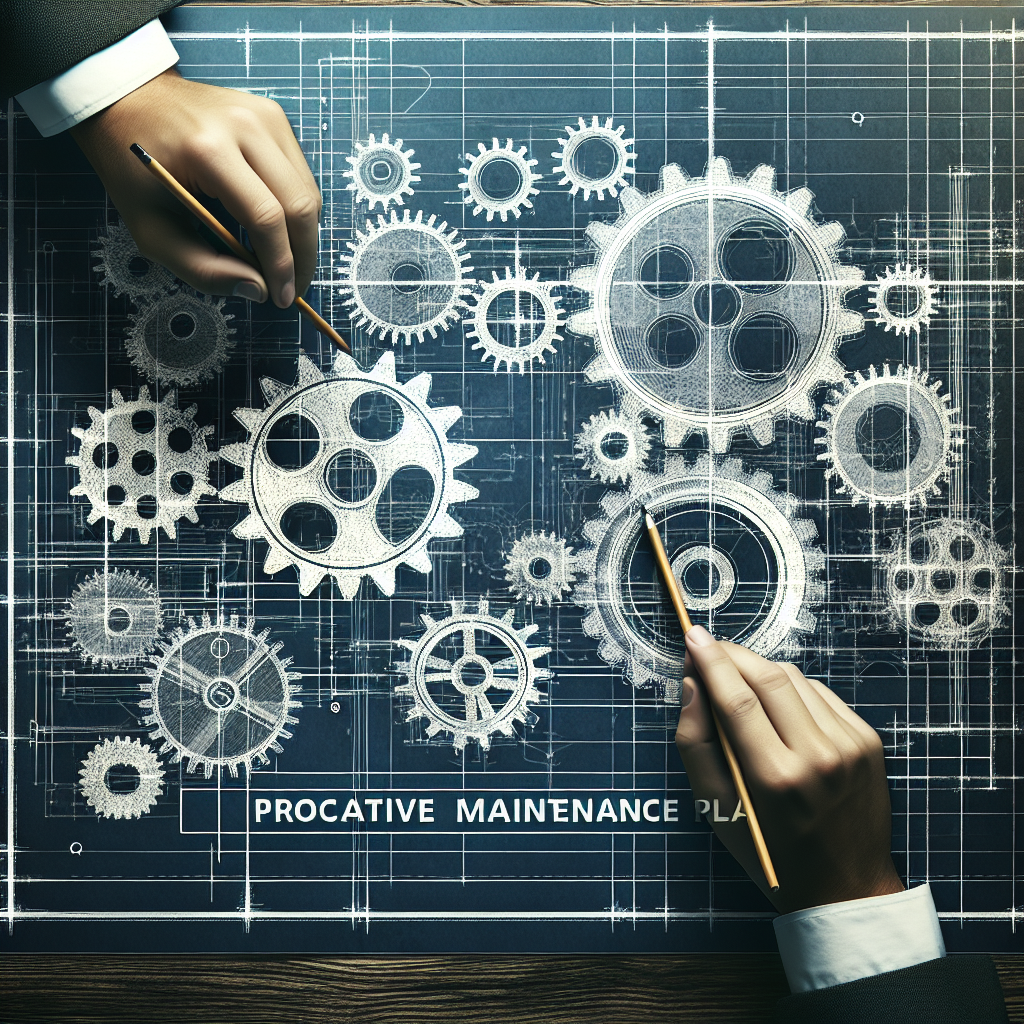Fix today. Protect forever.
Secure your devices with the #1 malware removal and protection software
Creating a proactive maintenance plan is essential for ensuring the smooth operation of your equipment and facilities. By taking a proactive approach to maintenance, you can identify and address potential issues before they become major problems, reducing downtime and increasing efficiency. Here are some steps to help you get started on creating a proactive maintenance plan:
1. Assess your current maintenance practices: Before you can create a proactive maintenance plan, you need to understand your current maintenance practices. Take stock of the equipment and facilities you have, the maintenance tasks that are currently being performed, and any recurring issues that you have experienced. This will help you identify areas that need improvement and guide your proactive maintenance efforts.
2. Identify critical assets: Not all equipment and facilities are created equal. Some assets are more critical to your operations than others and require more attention. Identify the critical assets that are essential to your business and prioritize them in your maintenance plan. Focus your proactive maintenance efforts on these assets to ensure their continued reliability and performance.
3. Develop a preventive maintenance schedule: Preventive maintenance involves performing regular maintenance tasks on a scheduled basis to prevent breakdowns and prolong the life of your equipment. Develop a preventive maintenance schedule that outlines the tasks that need to be performed, the frequency at which they should be done, and the resources required. This will help you stay on top of maintenance tasks and prevent issues before they occur.
4. Implement predictive maintenance techniques: Predictive maintenance involves using data and analytics to predict when equipment is likely to fail so that maintenance can be performed before a breakdown occurs. Implement predictive maintenance techniques, such as vibration analysis, infrared thermography, and oil analysis, to monitor the condition of your equipment and identify potential issues early on. This will help you address problems before they escalate and reduce the likelihood of unexpected downtime.
5. Invest in maintenance management software: A proactive maintenance plan requires proper organization and tracking of maintenance activities. Invest in maintenance management software that can help you schedule and track maintenance tasks, manage work orders, and monitor equipment performance. This will streamline your maintenance operations and make it easier to stay on top of maintenance activities.
6. Train your maintenance team: A proactive maintenance plan is only as effective as the people who implement it. Ensure that your maintenance team is properly trained on the proactive maintenance techniques and tools that you are implementing. Provide ongoing training and support to help them effectively carry out maintenance tasks and contribute to the success of your maintenance plan.
By following these steps, you can create a proactive maintenance plan that helps you identify and address potential issues before they become major problems. Taking a proactive approach to maintenance will not only improve the reliability and efficiency of your equipment and facilities but also save you time and money in the long run. Start implementing these steps today to get started on creating a proactive maintenance plan for your business.
Fix today. Protect forever.
Secure your devices with the #1 malware removal and protection software

Leave a Reply
You must be logged in to post a comment.